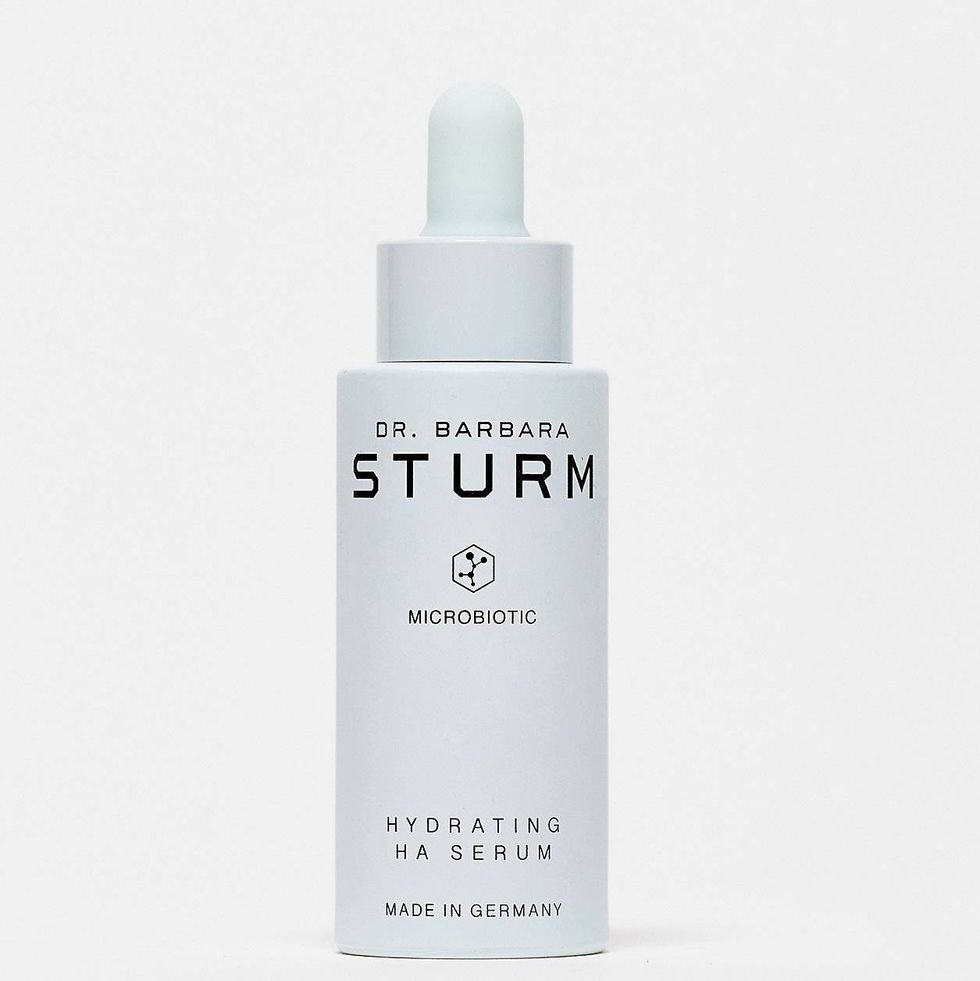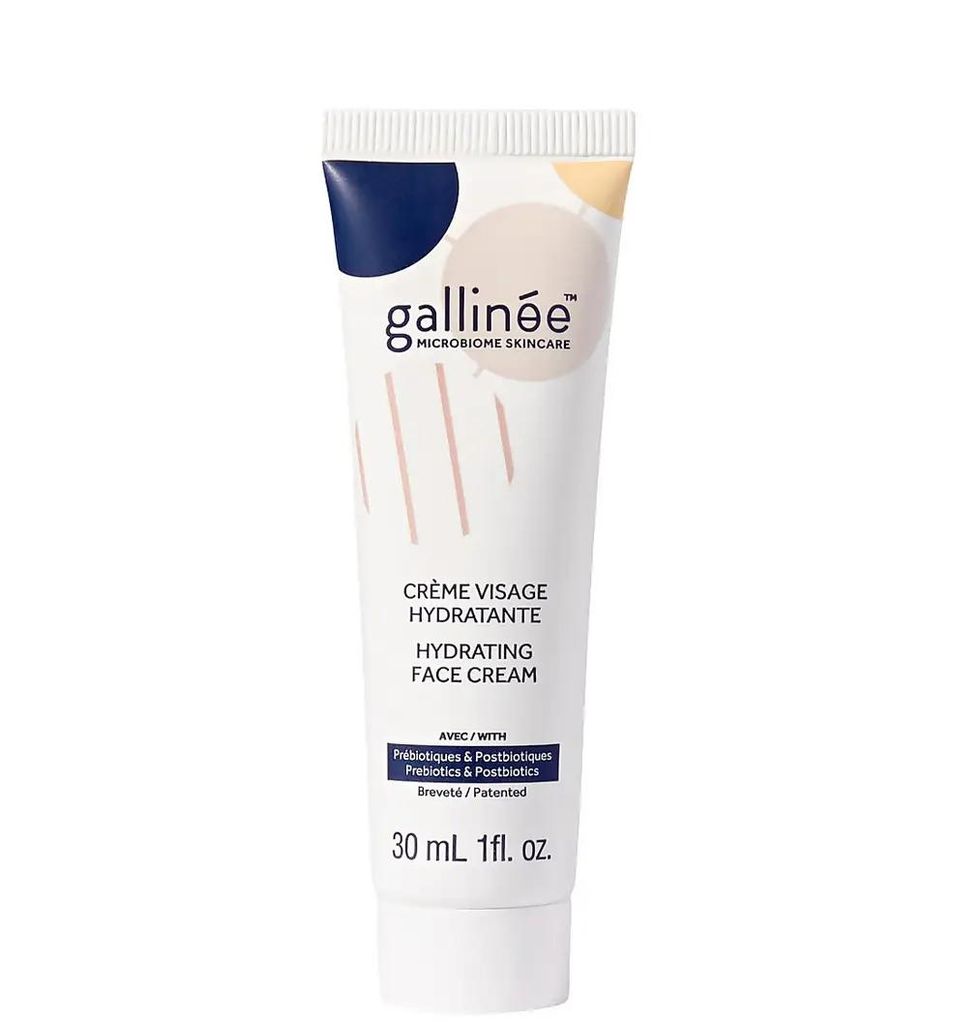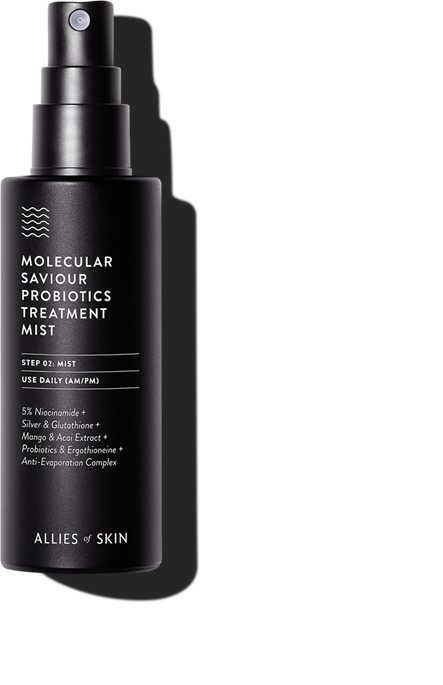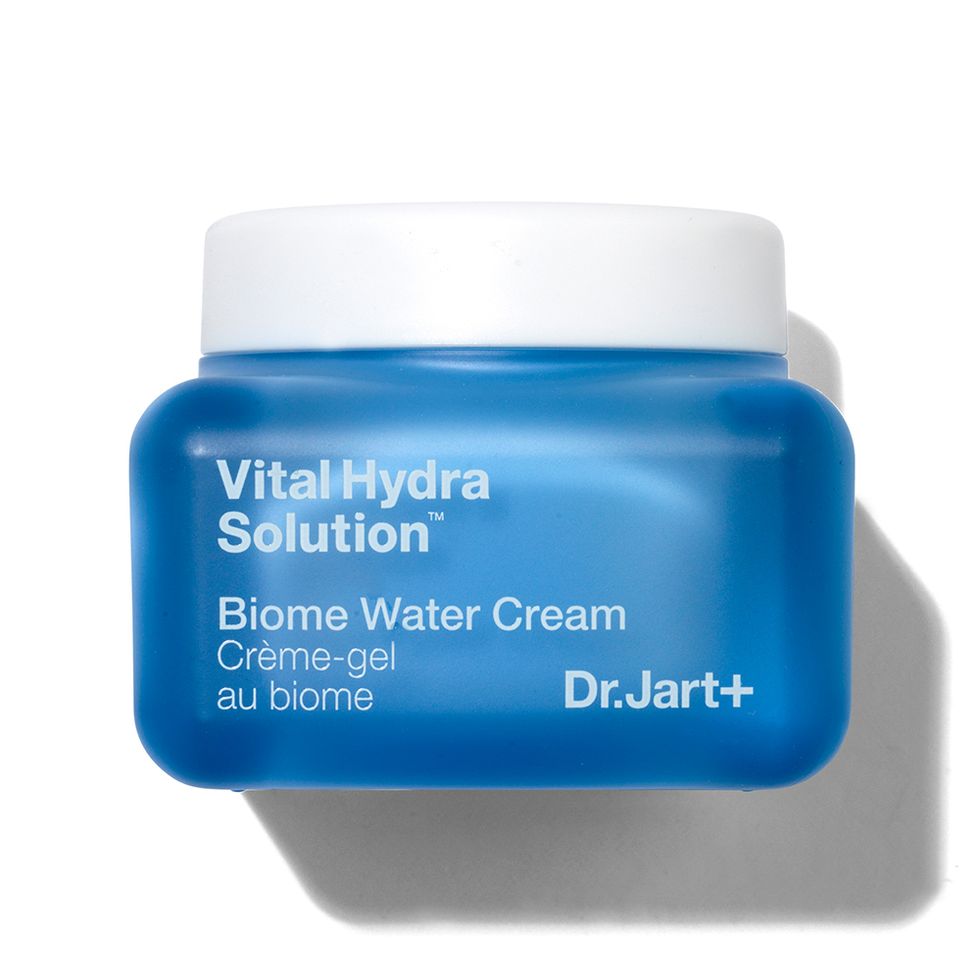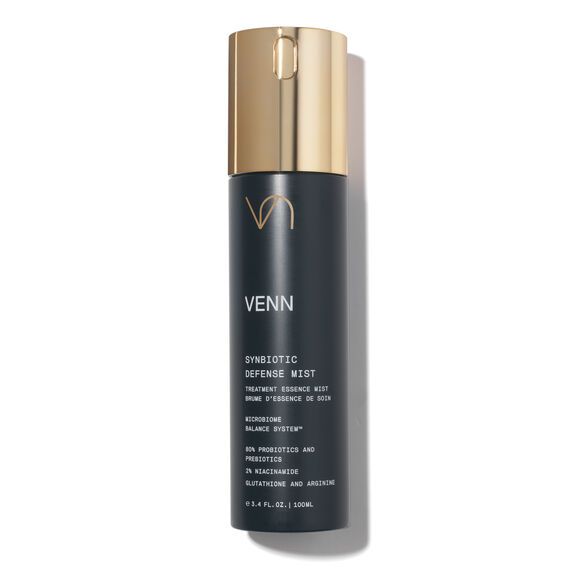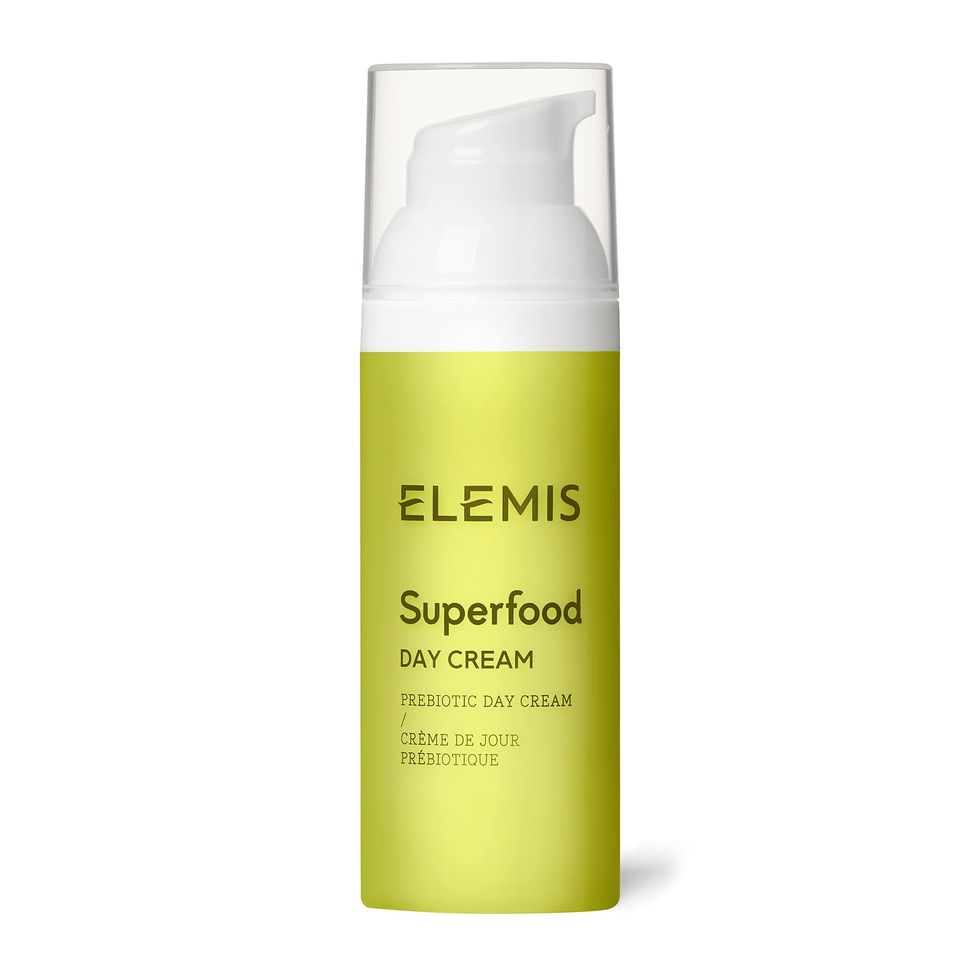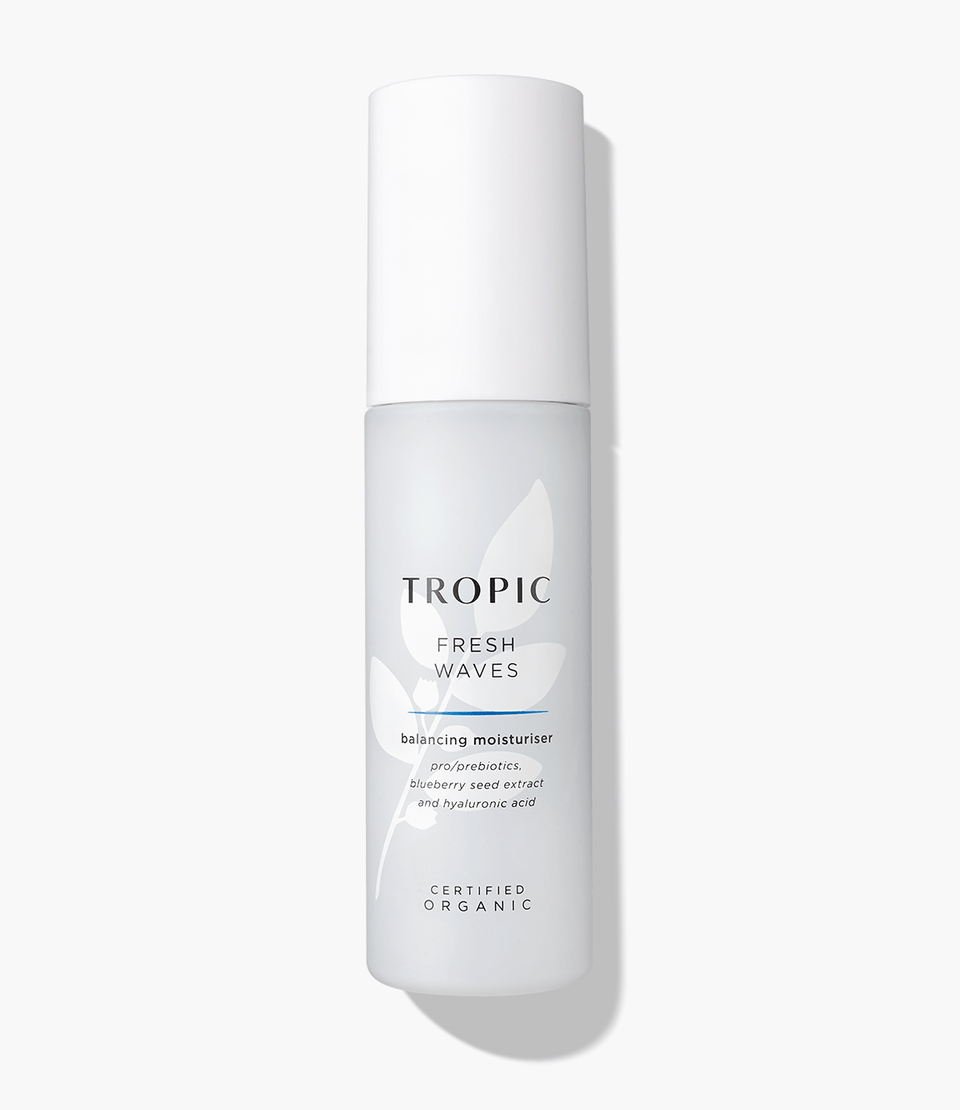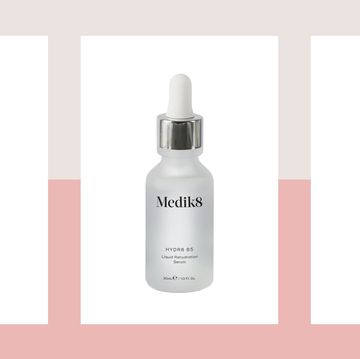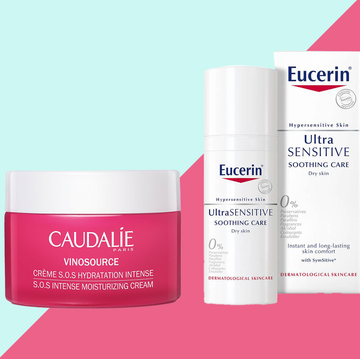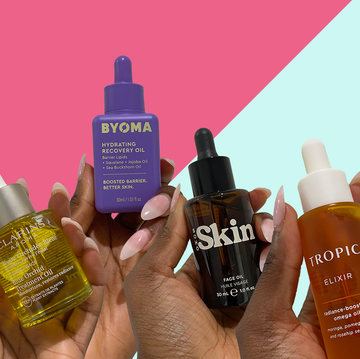We earn a commission for products purchased through some links in this article.
Prebiotics vs. probiotics: what is microbiome skincare?
We spoke to the experts and tested products on over 170 women
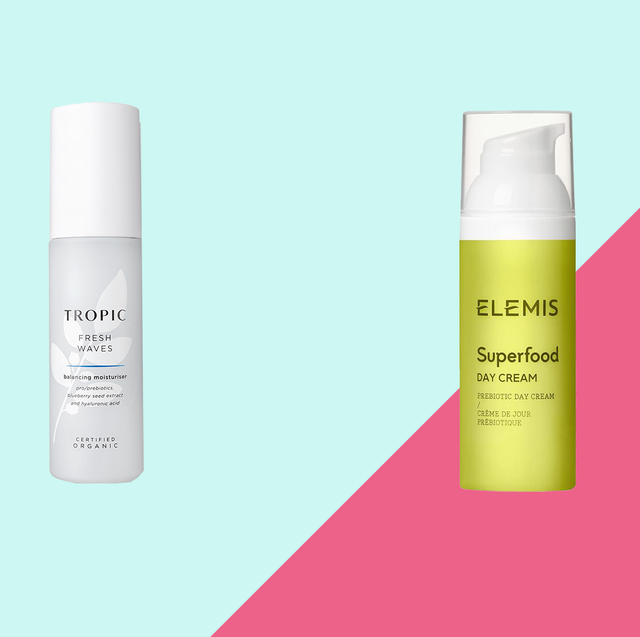
This article was updated in April to reflect latest prices, deals and discounts.
The expression “trust your gut” has never felt more apt. Research on the gut-brain connection is compelling and studies increasingly show that our gut health can have a big impact on our overall health.
But how often do you think about the bacteria on your skin (without feeling a bit icky)? The probiotic cultures that keep your largest organ ticking along, enhancing those healthy layers of protection, aren't talked about a lot in the skincare space.
And yet, it’s these microbes that keep your flora functioning and protect your skin from infection and harm — without them, we’d be vulnerable to all sorts of dermatological diseases. Serious skin conditions aside, this army of good bacteria is essential for keeping the threat of overly greasy or dry skin at bay.
We interviewed a range of experts about the importance of pre-, pro- and postbiotics in skincare, and how the gut’s microbiome can impact not only our skin, but every element of our physical and mental health. And to find the best pre- and pro- and post-biotic skincare to add to your beauty routine, the Good Housekeeping Institute recruited a panel of 170 women to put them through their paces.
Why is gut health important?
“The gut microbiome contains around 40 trillion microbes,” explains Dr. Sammy Gill, Symprove’s registered dietician. “This complex ecosystem is a hub of activity that produces many compounds, which can affect the health of every organ in the body, including the brain, heart and skin.
“Everyone’s gut microbiome is different (a bit like a fingerprint) in terms of the type and number of microbes; hence the move towards personalised nutrition and now skincare too,” she says. “At the same time, we share some common species, known as ‘core species’, which can be detected in all or most people.
“These microbes produce vitamins and hormones and break down foods the body can’t (such as dietary fibre and plant chemicals).
“For example, commonly labelled the ‘happy hormone’, serotonin is a chemical messenger with a reputation for regulating how we feel and behave. But did you know that only 5% of serotonin is produced in the brain? The other 95% is produced in the gut, mainly by the cells that line the gut wall. It’s one of the reasons why our stomach is also labelled the ‘second brain’.
“How we treat our gut microbes will determine how they behave,” Dr. Gill explains. “Nurture it well with the right things and it will reward you. If you don’t, our microbes can start to suffer, which can have implications for overall health later down the line.”
Can our gut health impact our skin?
Yes! “Our gut health is central to all aspects of health, including skin, hair and nails, so target the gut microbiome with a nutrient-dense, plant-based diet,” Dr. Gill advises. “Variety is key — a hallmark feature of a healthy gut microbiome is diversity. Focus on wholegrains, fruits, vegetables, nuts, seeds, beans and legumes. These foods are packed with different types of dietary fibre and plant chemicals such as polyphenols — nutrients that our gut microbes love.
“Skin, hair and nails can serve as indicators of nutritional deficiencies (e.g. pallid or pale skin, hair thinning or loss, or brittle and weak nails).”
Why do we need a healthy skin microbiome?
We put this question to Kavitha Murugesan, clinical dermatologist for Tropic Skincare. “There are billions of different microorganisms in this protective layer, all working together to keep your skin barrier moisturised, smooth and healthy,” she says.
“For instance, some bacteria ‘eat’ excess sebum, others clear up dead skin cells, and some produce antifungal and antimicrobial compounds.
“If your microbiome lacks good bacteria, however, your skin will become sensitive, easily inflamed and reactive. Minor symptoms of a damaged microbiome include redness, itchiness or breakouts, but it can also lead to more stressful concerns including eczema, psoriasis and acne.”
What’s the difference between prebiotics, probiotics and postbiotics?
“Think of prebiotics as a protein shake for your existing good bacteria, nourishing them with everything they need to grow strong and healthy again,” Murugesan says.
“Probiotics provide the extra stocks of good bacteria to restore your microbiome — these are the literal bacteria itself. Applying them topically is like air-lifting healthy supplies into your skin, so the defence team can repair itself.
“Postbiotics are the proteins produced by the probiotics — if prebiotics are feeding the bacteria and probiotics are the bacteria itself, postbiotics are the useful products these bacteria make.”
What ingredients should I look out for?
“Look for ‘lactobacillus ferment’ (a mixture of prebiotic and probiotics), ‘beta-glucan’, ‘alpha-glucan oligosaccharide’ and ‘pectin’ (prebiotics) on the INCI list when choosing your microbiome-boosting skincare,” explains Murugesan.
“These are proven to support good bacteria, helping to rebalance your skin and bring your damaged barrier back to a harmonious state.”
How we test
With the help of over 170 panel members, we put an array of prebiotic and probiotic skincare products to the test. Each tester used the product for eight weeks and gave feedback on ease of use, packaging design and performance, including whether they saw improvements in hydration or a reduction in skin sensitivity.
In the lab, we used the Tewameter probe to measure transepidermal water loss, to assess the water barrier function of the skin before and after using the product (an indication of the health of the microbiome).
Maria is our Beauty and Grooming Testing Manager, and since joining in mid-2022, she has managed the testing for mutiple categories including scalp scrubs, collagen supplements and retinol serums. In addition to her master's degree in chemical engineering and a diploma in cosmetic science, she recently received her MBA from the London College of Fashion, focusing on case studies within the beauty industry. Prior to joining the company, she worked within the global technical team at the Estee Lauder Companies for over six years, collaborating with the chemists and engineers to launch luxury beauty products at scale and to quality. She has also worked as a formulation scientist within the pharmaceutical industry and takes this evidence based approach into all her product testing.
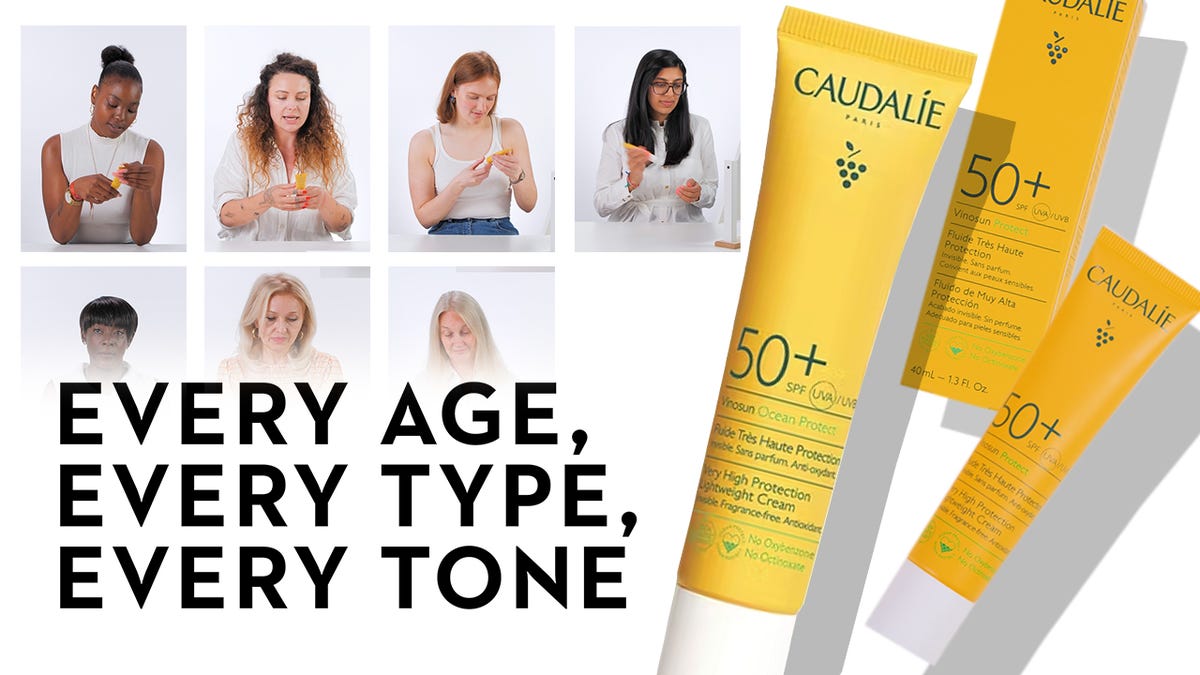
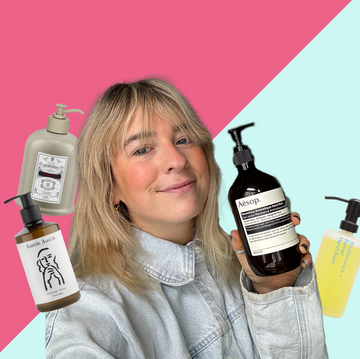
The best luxury hand soaps and creams

The best LED face masks, tested by 170 people
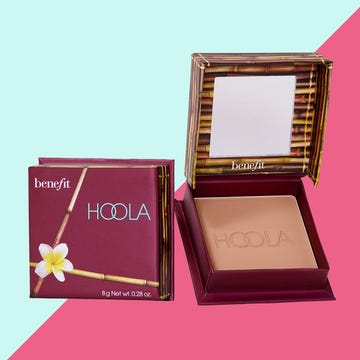
Best bronzers for a sun-kissed glow
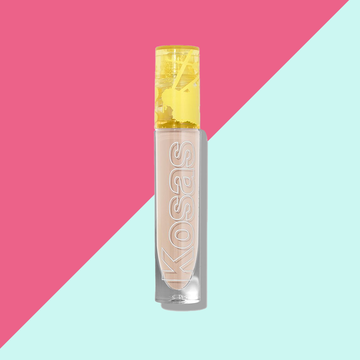
The best concealers, tried and tested
